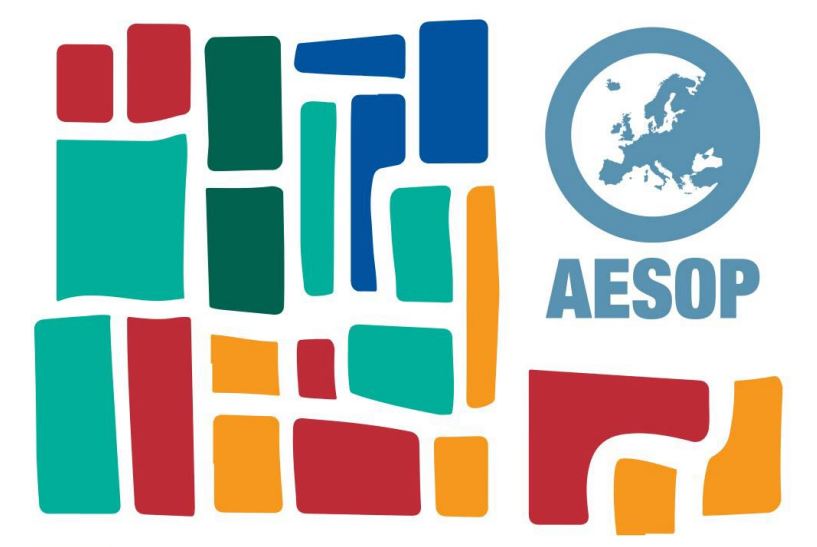URBiNAT themes addressed in conference on Education, research, practice in planning, architecture and engineering
4 – 5 October 2021: URBiNAT researchers from Frontrunner City Sofia (Bulgaria) and Follower City Nova Gorica (Slovenia) introduced URBiNAT themes during the HURBE2021 Conference. Dr. Elena Dimitrova and Dr. Milena Tasheva-Petrova from the University of Architecture, Civil Engineering and Geodesy in Sofia, and the Sofia Department of Urban Planning, and Dr. Marco Acri, Dr. Saša Dobričić and Dr. Maja Debevec from the University of Nova Gorica, discussed Healthy Spacial Planning and the notion of urban corridors as “common pool resources”.
Urban Corridors as Common Pool Resources: the Case of Nova Gorica and Rijeka
Marco Acri, Saša Dobričić, Maja Debevec
ABSTRACT: The concerns for climate change and the increase of urban population made cities fundamental in finding solutions for a more sustainable dwelling to increase resilience and quality of life. Cities have to turn from infinite consumption and waste spaces to incubators of innovative narratives able to re-balance the coexis- tence between human beings and nature. Relying on growing awareness of urban metabolism and circular economy theories and practices, interesting ideas are spreading worldwide. Based on researches on common goods management and cultural urban landscapes preservation, a recent approach is offered by the urban conceptualisation of corridor. Urban corridors are well-bounded planned areas meant as shortcuts but mainly simulate co-creation and co-monitoring in a comfortable and healthy environment. Well-being is given by integrated services based on nature, cultural and social economy and characterised by openness, accessibility, and recreation. From these theoretical frameworks, the paper will present two case- studies of co-planning of urban corridors, one in the border urban area of Nova Gorica (Slovenia) and Gorizia (Italy) promoted under the URBINAT project and the second in Rijeka, Croatia, proposed during the CLIC project. In Nova Gorica, an urban corridor is under investigation through a co-assessing, co-designing, and co-implementing methodol- ogy using NBS, Nature-Based Solutions, to valorise the Koren stream as a connector of the two border cities. In Rijeka, an actual cultural corridor has been designed through the original approaches called “Heritage Innovative Partnerships” and “urban seeding” to revitalise the city’s historic core characterised by the Rječina river towards the waterfront. Thanks to the co-creation processes that have been initiated, both corridors are expected to become new social common places for the well-being and represent a paradigm for the sustainable regeneration of both cities with potential emulation in other contexts, especially in South-Eastern Europe.
Healthy Spatial Planning
Elena Dimitrova, Milena Tasheva-Petrova
OVERVIEW: Public open space, urban green infrastructure, urban public space, mobility with a focus on walking and cycling, and tourism are among the key topics discussed. The healthy city characteristics are related to the importance of re-integrating nature in the city). The authors demonstrate a growing sensitivity to the urgen- cy of reacting to climate change and covid-19 pandemics and to the importance of re-balancing the co-existence between human beings and nature. They pay special attention to the role of the urban public and private open space system as capable of facing the current health and climatic emergencies. Some papers re-consider the connection between health, people and buildings under the pan- demic; others open a discussion on the changing needs, perceptions, and use of urban space during the Covid-19 situation, e.g., the increased pedestrian and bicycle mobility, and the importance of access to green open space.
The issue of environmental injustice in times of pandemic is also addressed by re-evaluating territorial imbalances, social inequalities, anti-urban behavior. Suggestions are made for the revitalization of villages and small municipalities located in the inland areas.
Download Proceedings
[Conference Proceeding] HURBE2021 – Making Healthy Cities for People
4 – 5 October 2021: URBiNAT researchers from Frontrunner City Sofia (Bulgaria) and Follower City Nova Gorica (Slovenia) introduced URBiNAT themes during the HURBE2021 Conference.
About HURBE2021
The International Conference HURBE2021 “Making healthy cities for people. Education, research and practice in planning, architecture, and engineering” is the final and at the same time the first step of the project Capacity Building in the Field of Higher Education (CBHE- KA2) “Healthy URBan Environment Developing Higher Education in Architecture and Construction in Bosnia and Herzegovina – HURBE” co-financed by European Commission (2018-2021).
The Conference was launched by the HURBE consortium that consists of three Higher Education Institutions (HEIs) from programme countries – Sapienza University of Rome, Italy (coordinator); the University of Zagreb, Faculty of Architecture, Croatia; University of Architecture, Civil Engineering and Geodesy, Bulgaria – and three partner country HEIs in Bosnia and Herzegovina (BiH) – Džemal Bijedić University of Mostar; the University of Sarajevo, Faculty of Architecture, and University of Zenica – plus six associated partners from different parts of Europe – the Center for Information and Recognition, BiH; European Association for Architectural Education; Federal Ministry of Education and Science, BiH; Federal Ministry of Health, BiH; Mediterranean Universities Union and the Italian Ministry for Universities and Research of Italy, Office for Internationalization of Higher Education.
Several papers, that are published in the proceeding, present theoretical and applied research results of international, regional, and local projects. The EU-funded research projects presented, as the Horizon 2020 projects CLIC, URBiNAT, and REBUS reveal the efforts to concep- tualize but also to quantify and operationalize needed changes on the path to a healthy urban environment. The papers reflect on implementing a variety of research methods – theoretical analysis, comparative analysis of the urban mor- phology and the local microclimate, NBS-based planning and inclusive design, and estimation of environmental impacts. Some papers suggest practical tools for the local level of governance, as the preventive and reactive platform for cit- ies resilient to pandemic and epidemic situations. Tourism is seen as one of the economic sectors with a potential to bring positive changes to society. Landscap- ing through spatial plans is regarded as an effective tool in support of the public interest.

HURBE 2021 Conference Proceedings




